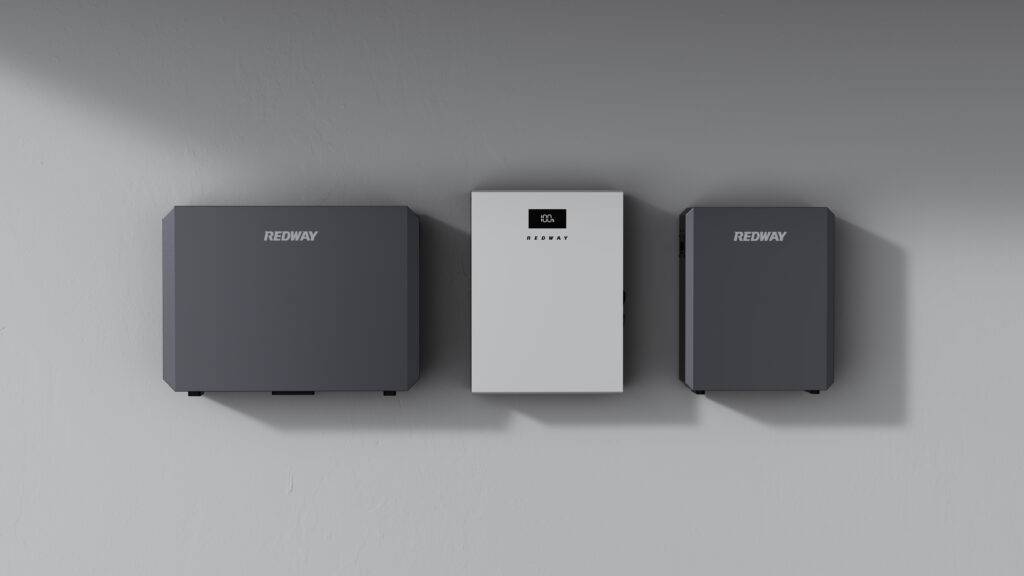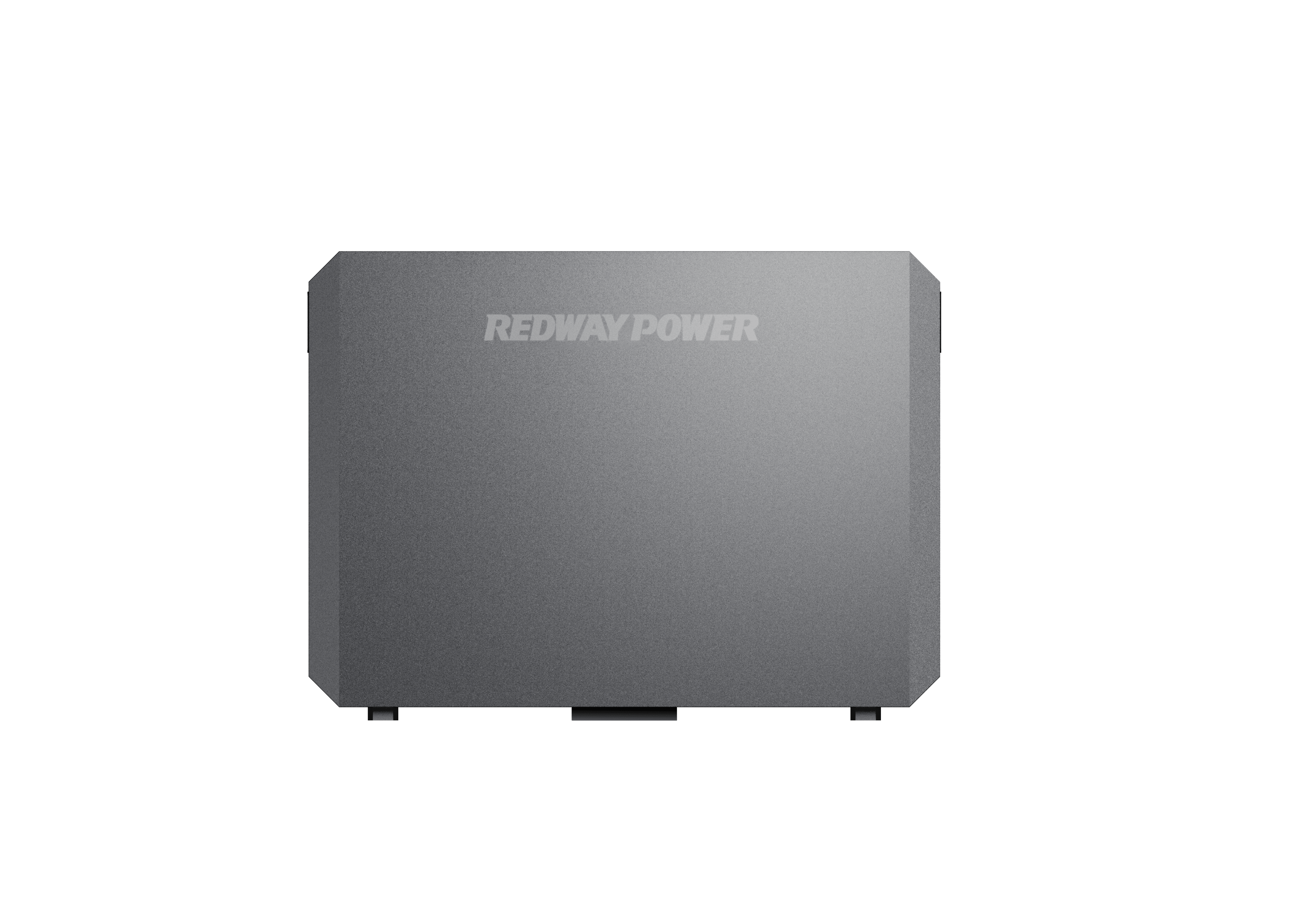Are you tired of high energy bills? Do you want to reduce your carbon footprint while saving money? If so, power storage walls might be just what you need. These innovative systems allow homeowners to store electricity generated by solar panels or wind turbines for later use, reducing their reliance on the grid and lowering their overall energy costs. In this blog post, we’ll explore how power storage walls work, the benefits they offer, and how to choose the right system for your home. Let’s dive in!

#post_seo_title
What are power storage walls?
Power storage walls, also known as home battery systems, are a type of energy storage device that allows homeowners to store excess electricity generated by their renewable energy sources such as solar panels or wind turbines. These devices are becoming increasingly popular among homeowners who want to reduce their dependence on the grid and lower their overall energy costs.
These power storage walls work by storing electricity in batteries during times when renewable energy sources generate more than is needed at that moment. The stored electricity can then be used later during times when there isn’t enough generation occurring or when it’s more expensive to buy from the grid.
Power storage walls come in various sizes with varying capacities ranging from small residential systems capable of powering just a few appliances to larger commercial systems designed for entire buildings. They typically use lithium-ion battery technology similar to what’s found in electric cars and smartphones.
Power storage walls offer an effective way for homeowners and businesses alike to reduce their carbon footprint while saving money on their energy bills. By investing in one of these devices, you’ll have greater control over your electricity usage while reducing your impact on the environment.
How do power storage walls work?
Power storage walls are innovative solutions that help homeowners reduce their energy costs while enjoying uninterrupted power supply. These systems work by storing the excess electricity generated from renewable sources like solar panels during low demand periods, and releasing it when needed.
The system uses lithium-ion batteries to store the excess energy for later use. The battery cells in the wall unit store DC (direct current) which is then converted into AC (alternating current) when required. This process ensures a continuous flow of clean and stable power to your home without any disruption.
Power storage walls can be connected directly to your home’s electrical system or through an inverter on its own circuit breaker. They come with smart technology features that allow you to monitor and control them remotely using mobile apps or web interfaces.
These innovative systems offer great benefits including significant savings on energy bills, reduced carbon footprint, and increased independence from grid-supplied electricity. With proper installation and maintenance, power storage walls provide reliable backup power for years to come.
The benefits of power storage walls
Power storage walls offer numerous benefits for homeowners who want to reduce their energy costs. Firstly, they allow you to store excess solar power generated during the daytime and use it during peak hours when electricity prices are higher. This means that you can avoid drawing power from the grid during these expensive times, saving you money on your monthly bill.
Additionally, having a power storage wall in your home can make you less reliant on traditional fossil fuels which are not only expensive but also harmful to the environment. By using stored solar energy instead of relying solely on the grid or non-renewable sources of power, you can significantly reduce your carbon footprint and contribute towards a cleaner planet.
Furthermore, using a power storage wall adds an extra layer of security should there be any disruptions with your main source of electricity such as blackouts or natural disasters. With stored energy available at all times, you’ll have peace of mind knowing that essential appliances such as refrigerators and medical equipment will continue functioning even if there’s no external electricity supply.
Some governments offer incentives to encourage households to adopt renewable energies like solar panels paired with domestic battery systems. These incentives might come in different forms like tax credits or rebates which provide additional cost savings beyond reduced utility bills for those who install them at home.
How to choose the right power storage wall for your home
When it comes to choosing the right power storage wall for your home, there are a few key factors to consider. First and foremost, you’ll want to think about your energy needs. How much electricity do you typically use on a daily basis? This information will help you determine how large of a power storage system you need.
Next, consider the size and layout of your home. If you have limited space, then a compact power storage wall may be the best option for you. On the other hand, if you have ample room in your garage or utility area, then a larger system could work well.
Another important factor is cost. Power storage walls can range in price depending on their capacity and features. It’s important to find an option that fits within your budget while still providing enough energy savings over time.
Make sure to read reviews from other homeowners who have installed power storage walls in their homes. Their experiences can offer valuable insights into which systems are most reliable and effective for reducing energy costs.
By taking these factors into account when choosing a power storage wall for your home, you can ensure that you’re making an informed decision that will ultimately save money on monthly electricity bills.
Conclusion
Power storage walls are an excellent investment for homeowners looking to reduce their energy costs and become more environmentally friendly. They work by storing excess solar energy during the day, allowing you to use it at night or during peak demand hours when electricity is most expensive.
When choosing a power storage wall system, consider factors such as your daily energy usage, the size of your home and solar panel system, and any local regulations or incentives that may affect your decision.
While there is an upfront cost associated with installing a power storage wall system, the long-term savings on your utility bills can make it a wise financial decision in the end. Not only will you save money on energy costs over time; you’ll also be doing your part to help reduce carbon emissions and protect our planet for future generations.


